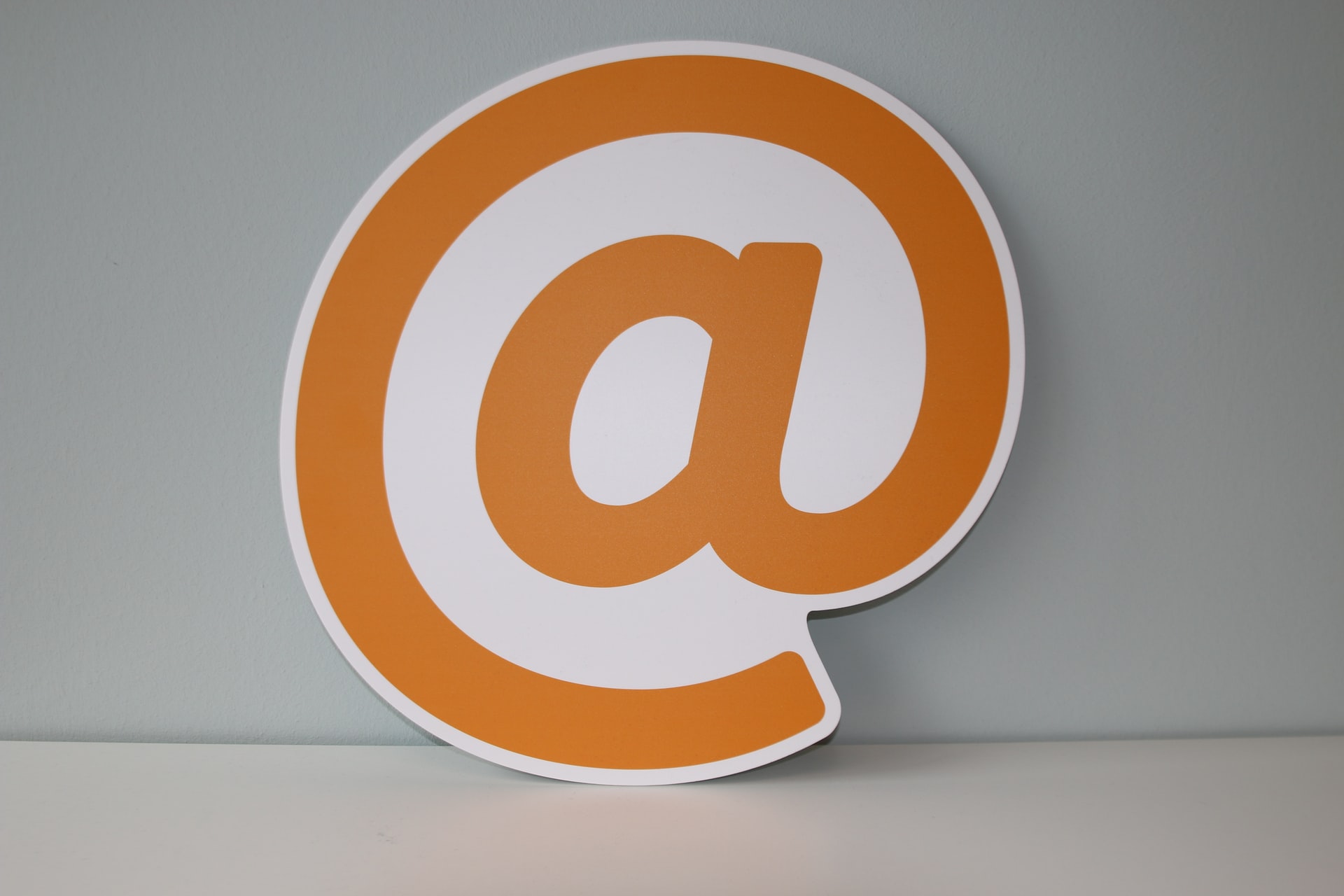
In 2016, email marketing is more powerful than ever before. This begs the question: Why do almost all small businesses get such uninspiring email marketing results?
I’m going to answer that question for you. I’m also going to explain what you need to do in order to massively improve the success of your email marketing.
Free and easy?
The cost of marketing has changed dramatically over the years.
For example, the cost of sending a traditional, paper-based mailshot to just 1000 prospective customers was considerable. There was the price of the stamp, the printing, the ink and the paper. Then, you paid someone to fold all the letters and stuff them into the envelopes.
Today, sending a marketing email to 1000 prospects (or 100,000 prospects) takes seconds. There’s no paper, no ink, no envelopes, no envelope stuffing and no stamps.
The cost of email marketing is close to zero. Except… it isn’t! You now risk paying a different, far higher price.
Allow me to explain.
Different prices and different thinking
In 1995, my London-based marketing business was paying around £1000 to reach 1000 prospective customers via traditional mail (mailshots). I used high quality stationery and printing. It was still quite an investment.
Before spending that kind of money, small business owners used to think long and hard.
- They made sure they were contacting people with a potential need for their offering. They couldn’t afford to contact people with no requirement.
- They checked that the contact name and address were correct. They couldn’t afford to send letters to the wrong people.
- They used to work hard to optimize their copy or content. It needed to be just right. They couldn’t afford to get their message wrong.
- They removed prospective customers from their list, if they failed to get a response after a set number of mailings. (Unlike now, where the person receiving spam email has to ask to be removed). They couldn’t afford to keep mailing someone who wasn’t interested.
Now think for a moment about the poorly targeted marketing emails that flood your inbox. It’s clear that way less thought goes into them. The vast majority are junk and totally irrelevant to you or your needs.
You regard those who send these unwanted emails as pests. Spammers. Assholes. This is where the cost comes in for email marketers in 2016! They build a lousy reputation and get equally lousy results.
Reputation points: The price you pay for average email marketing
Every time you send a poorly conceived email marketing message to someone, you pay a price.
However, unlike before, the cost to you isn’t only monetary. You pay with something even more valuable. You pay with your reputation. You pay using the currency of reputation points.
For example, when you decide to add someone’s name to your list without their consent, you lose reputation points. When you email people too often, you lose reputation points. When your message is pushy or needy, you lose reputation points. When your offer is irrelevant to the recipient, you lose reputation points.
Business owners who service a regional marketplace can soon find their name and reputation seriously damaged. They can only alienate their marketplace so many times, before people get sick of them.
Of course, when your marketing emails are like those I just mention, you pay a second price. You get crappy response rates. Too few sales. Too few new client enquiries. Too few leads.
The answer?
It starts by accepting that email marketing isn’t free. There is a hefty price to pay for a casual approach, both in reputation damage and lost opportunities. Remember, a casual approach to business causes casualties. Treat each email you send as if you were paying to send it. Because in a very real sense, you are.
So, get permission to email people. Then send them targeted, expertly written, relevant information. Do this only as frequently as required.
It works. And it works extremely well.
Here’s how I helped Irene make over $32,000 in 9 days, with email marketing. That was 2 years ago. Today, the results are even better, for those of you serious enough to take email marketing seriously.